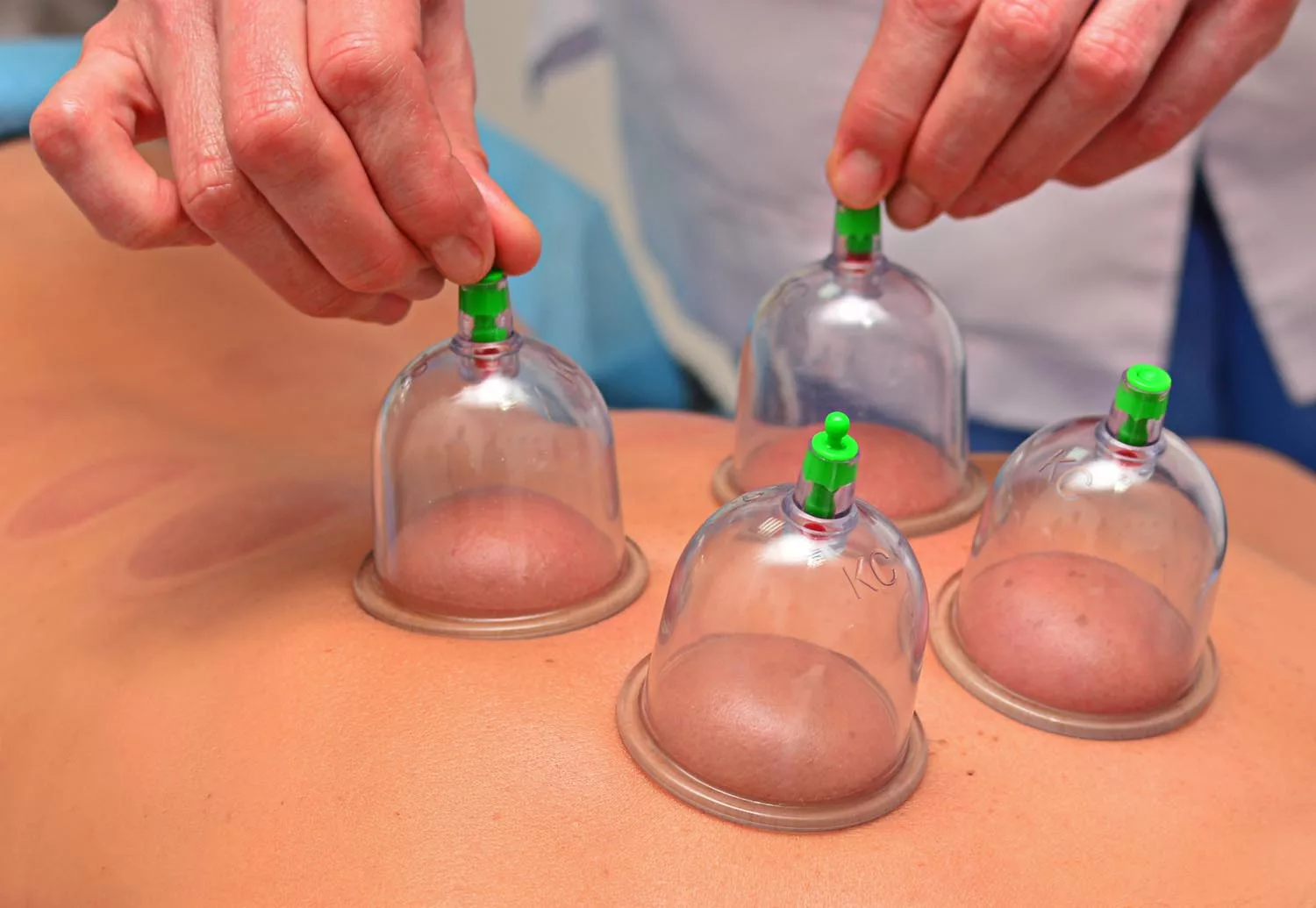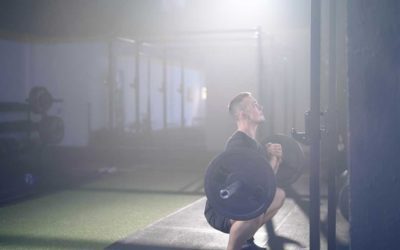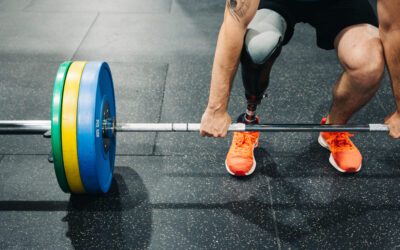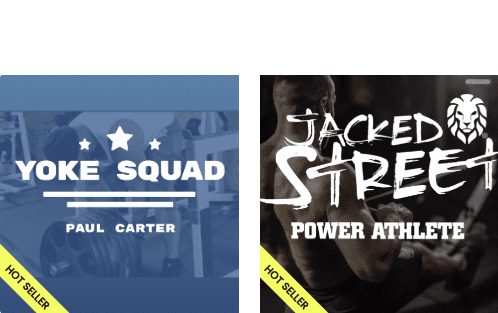5 Ways to Speed Up Muscle Recovery

Fred Ormerod is a freelance coach, army reserve medic, nurse, master’s student, and masseuse. Working out of one of Edinburgh’s leading training facilities, he’s been fixing people for over a decade. He works with athletes across the spectrum, from limping and injured to national and international champions. Here, he sheds light on what he sees as the most effective recovery methods among his athletes.
Fred Ormerod


Change the Way You Train
What is Muscle Recovery?
DOMS, although not completely understood, is likely caused by a build-up of inflammatory compounds (such as creatine kinase) after exercise in response to damage done to muscle fibers.
Intentional recovery speeds up the repair process of these damaged fibers into stronger, faster, taller, or longer ones depending on the training stimulus.
Ideally, you want to strike a balance between training and recovery so that you’re still making gains while allowing time to let those muscle fibers build back up.
Techniques that aid in the muscle recovery process help refine that balance and allow you to stick to your training schedule. Make sure you’re tapping into some of these tried-and-true methods for healing that muscle damage.
1. Active Recovery
· Increased circulation/blood flow. This helps with DOMS by “flushing out” built-up inflammation.
· Increased training volume of underused muscles. This is useful in training underdeveloped/underused muscles and preventing injury as long as the intensity doesn’t get too high.
· Increased skills and “brain training” volume. Many coaches use mental skills such as responding to lights changing or word games as part of active recovery.
Active recovery varies from athlete to athlete, but some examples are yoga, easy cardio sessions, walking/jogging/hiking, stretching, and core/hip activation exercises.
2. Massage Therapy
Massage is many people’s favorite means of recovery. While there is some debate about the physiological effect of all massage therapies, it certainly does reduce pain in athletes (perceived or otherwise).
Some evidence suggests massage is one of the best ways to prevent/treat DOMS by increasing acute circulation and reducing space between muscle fibers for toxins to build up.
There are all different types of massage: deep tissue, METs, shiatsu, foam rolling, etc. As a sports massage therapist, I suggest you find one that makes you feel best and prioritize it at least once a month.
A Note on Massage Guns (Are You Using Yours Right?)
Massage guns are often debated among sports therapists. While evidence suggests they’re good at stimulating muscle fibers when used as part of a warm-up, their use as a recovery tool raises some questions.
Athletes who spend hours vibrating in the corner of the gym, forcing a massage gun deeper into their pec might be missing the point of the gun and deep tissue massage.
Massage guns are designed to apply a “tapotement” or tapping technique, which stimulates the nerve endings of a muscle. This tapping defeats the purpose of digging in deep since the machine removes the firm pressure you’re trying to apply 120-200 times per minute. When you spend too much time applying the tapping stimulation, your muscle doesn’t have a chance to relax.
I’ve had clients in my clinic who have caused themselves burns due to friction from overusing massage guns! Don’t do this!! Better to use the gun for shorter durations of time and at lighter pressures.
3. Hot/Cold Therapy
There are a few studies that show creatine kinase levels (an enzyme that may indicate recent muscle damage) are similarly lower after both. Some research suggests hot and cold (rather than just hot or cold) has a pumping/flushing effect, which might help further improve your recovery process.
Again, I recommend the temperature that you prefer and works best for you.
Some athletes use giant stand-in/sit-in freezers for cryotherapy, infrared saunas, plunge pools, and hot baths. There can be a cost barrier though, but you don’t have to invest a lot of money to reap the benefits of hot/cold therapy.
Personally, I alternate between using a sauna blanket and swimming in the ocean. Check with your gym to see if they have a sauna/steam room — many gyms offer these for free!
4. Alternative Medicine: Cupping, Gua Sha (Muscle Scraping), and Acupuncture
Ancient Chinese techniques claiming to increase circulation and “remove toxins” certainly cause some controversy in the therapeutic communities. (The fact that they can be performed without a license in some countries definitely doesn’t help.) The most common of these techniques are:
- Cupping, where practitioners use a cup to vacuum the skin and muscles away from the body, loosening stuck tissues and creating a round bruise.
- Gua sha, which uses a tool (made of bull horn, stone, or metal) to scrape along muscle fibers, again causing localized bruising.
- Acupuncture, where tiny needles are inserted at specific points to alleviate pain.
In all three techniques, some research shows an acute, local increase in circulation and immune response, while other research shows little to none.
But most studies DO show a reduction in reported pain by patients. This is an important factor to consider in the 2,000+ year continued use of these techniques. Athletes are always chasing ways to relieve muscle tension and pain.
Two studies published recently found that regular gua sha improves relative perceived exertion (RPE) when Olympic lifters performed cleans and snatches at 85% of their 1 rep maximum.
This is certainly something I have seen in my own patients who come in for cupping/gua sha before a competition. I can think of a few who hit new PRs in the days after such therapies.
The best way to know for sure what works is to try it yourself. If you find relief in these methods, by all means, use them to your advantage!

5. Mindfulness/Meditation
Practicing mindfulness is a great method to manage stress and anxiety, which in turn helps with sleep and muscle recovery.
There are many apps and tools out there to practice mindfulness and meditation. I personally use Headspace, but if you don’t want to download/buy an app, there’s a plethora of guided meditations on YouTube you can use for free.
Another method I tried and liked, especially when I was working long night shifts in the British military, was the Wim Hof Method. I found essentially hyperventilating and learning to control your breath to eventually cause an oxygen deficit can be incredibly calming and energizing. This method does come with some risks though, so use at your own discretion!
So, which of these methods is best for speeding up muscle recovery? I believe the greatest factor in recovery for all athletes is RPF or RPR (relative perceived fatigue/recovery).
Athletes who believe they’re recovered and feel fresh/mobile often perform better than those who believe they’re fatigued. This is basically the sports therapist philosopher’s equivalent of “I think therefore I am.”
Try a few of these methods out, find what works best for YOU, believe in your process, and see the hard work pay off.
Find Your Perfect Training Plan
Sometimes all you need to reach your destination on your fitness journey is an expert guide. We've got you covered. Browse from thousands of programs for any goal and every type of athlete.
Try any programming subscription free for 7 days!
Want Training Tips, Exercise Guides & Knowledge Bombs Sent to Your Inbox?
Sign up for the FitNerd newsletter from TrainHeroic
Related articles
How To Zercher Squat: One Exercise To Rule Them All
I have a secret weapon exercise that will get us really close; it has a lot of bang for its buck. It builds massive quads, big glutes, a wide back, and some awesome biceps. Exactly what every athlete needs.
What Does Paralympic Strength Training Look Like?
Paralympians undergo rigorous training when preparing for the Paralympic Games. While the Paralympics only last about two weeks, getting ready takes place all year, as these athletes are among the most dedicated in the world. Here’s how people with disabilities...
Your Guide to Passive Recovery Strategies
What is Passive Recovery? I don’t think that there exists a complete guide for athletes that tackles the underrated topic of “Recovery-Regeneration” strategies. I plan to disclose a majority of the scientific and practical information that I know of on this topic and...

Join the community
Sign up for the latest training news and updates from TrainHeroic

About TrainHeroic
Made with love, sweat, protein isolate and hard work in Denver, CO
© 2023 TrainHeroic, Inc. All rights reserved.






